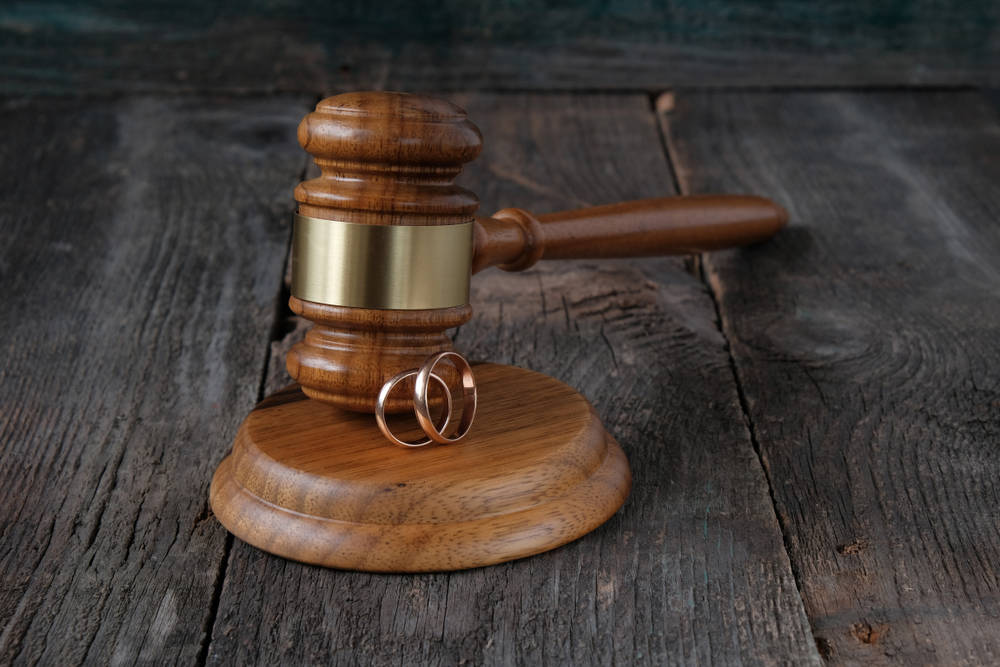KENAI — For the first time since reporting began in 2015, Alaska recorded a notable decline in the number of felony level sex offenses and victims from the previous year, according to the 2019 Felony Level Sex Offenses Report released by Alaska’s Department of Public Safety Tuesday.
There were 1,574 incidents of felony level sex offenses in Alaska in 2019, which includes 1,645 reported victims and 1,641 reported suspects. This is a 10.7% reduction in the number of offenses and an 11.1% reduction in the number of reported victims compared to 2018, which saw 1,762 incidents and 1,850 reported victims.
Despite this reduction in the number of instances and victims, many of the trends surrounding sex offenses in Alaska remained consistent from 2018 to 2019. More than half, 52%, of the victims of all 2019 sex offenses in Alaska were juveniles, and last year juveniles comprised 55% of victims.
Children under the age of 11 are most often assaulted by family members, according to the state’s FSO reports since 2016. The FSO report from 2015 included data on victim/suspect relationships as an aggregate but did not parse the data into separate age groups.
Victims under the age of 11 have reported being assaulted by a family member in more than half of all reported instances since 2016, and the suspect was a stranger to the victim in only 2% of reported instances for this age group in 2019.
Alaska Native women have experienced the highest victimization rates of any gender or racial group since this reporting began, and in 2019 50.4% of all reported victims were Alaska Native women.
The region of the state with the highest rates of sex offenses continues to be Western Alaska — which includes the Aleutians East Borough and West Census Area, the Bethel Census Area, the Bristol Bay Borough, the Dillingham Census Area, the Kodiak Island Borough, the Kusilvak Census Area, the Lake and Peninsula Borough, the Nome Census Area and the Northwest Arctic Borough. Western Alaska experienced a rate of 473.9 incidents per 100,000 people in 2019, which was more than twice the statewide rate of 215.1 incidents per 100,000 people.
Southcentral Alaska — which includes the Kenai Peninsula Borough, the Matanuska-Susitna Borough and the Valdez-Cordova Census Area — experienced the lowest rate of felony sex offenses in the state in 2019, with 64.1 instances per 100,000 people and a total of 113 incidents.
Felony level sex offenses occur most often in the home, and data collected since 2015 shows that over three-quarters of all instances were reported as occurring in a home or residence. In 2019, 74% of all reported instances occurred at a residence.
These instances also overwhelmingly occur without a weapon involved. In 2019, 86% of the reported incidents did not involve a weapon, and since 2015 no more than 15% of felony sex offenses in Alaska involved a weapon.
The annual FLSO report is one of three distinct methods of data collection used to determine the rates of sexual violence in Alaska. The FLSO report has been published by DPS since 2015 and is a collection of the records from state and local law enforcement agencies. Data collected for the FLSO report includes demographic information on the victims and suspects, the relationships between the victims and suspects, the location of the offense, the type of weapon used, if any, and the associated statute violation.
The Uniform Crime Reporting Program is another data collection effort on the federal, state, city, county and tribal levels that looks at all crimes committed in a given area. This program also showed a slight reduction in sexual violence in Alaska from 2018 to 2019, specifically instances of rape. In 2019, there were 1,101 reported instances of rape in Alaska for a rate of 151.3 per 100,000 people, which is a 7.3% reduction in the number of reported instances and a 6.6% reduction in the rate of rape in Alaska. This is also the first time since 2015 that Alaska experienced a reduction in the number and rate of rapes reported.
The third method of data collection is the Alaska Victimization Survey, which was last conducted by the University of Alaska Anchorage Justice Center in 2015. The AVS is based on telephone surveys of adult women aged 18 and over, and the 2015 AVS survey showed a decline in intimate partner and sexual violence since 2010.
The AVS survey was last conducted on the Kenai Peninsula in 2013 and found that 52% of adult women in the borough had experienced intimate partner violence, sexual violence or both in their lifetime, while 6% had experienced one or both of those in the previous year.
Read the full 2019 FLSO report here.
Read the 2019 Crime in Alaska report here.
View the full results of the 2015 Alaska Victimization Survey here.
Reach reporter Brian Mazurek at bmazurek@peninsulaclarion.com.

